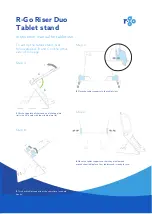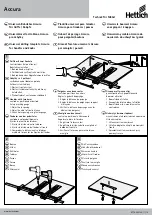
80
TK 61555-2-MM-EN
2. Set the refrigerant bottle for liquid charging.
3. Operate the unit in high speed COOL .
4. Open the valve on the refrigerant bottle and read the suction pressure on the gauge manifold.
5. Add liquid refrigerant through the suction service valve. Open the gauge manifold low
pressure hand valve only enough to permit suction pressure to increase 1.40 bar, 25 psi. This
will meter liquid refrigerant slowly into the low side.
6. Add refrigerant until the ball 1/4 to 1/3 of the sight glass (bottom sight glass on two sight
glass receiver tank). Allow the level to stabilise (1 to 2 minutes).
•
If the refrigerant level is still high, repeat steps 2 through 4.
•
If the refrigerant level is now low, add refrigerant to the unit (see below).
•
If the refrigerant level is ok, perform a complete refrigerant level check and repeat the
overcharge test.
N
NO
OT
TIIC
CE
E
S
Sy
ysstte
em
m C
Co
on
ntta
am
miin
na
attiio
on
n!!
P
Plle
ea
asse
e tta
akke
e n
no
otte
e o
off y
yo
ou
urr rre
effrriig
ge
erra
an
ntt tty
yp
pe
e ((lla
ab
be
ell o
on
n o
ou
uttssiid
de
e o
off u
un
niitt)),, a
an
nd
d m
ma
akke
e ssu
urre
e n
no
ott tto
o
ccrro
ossss--cco
on
ntta
am
miin
na
atte
e..
7. Always recover remaining refrigerant from the hoses before disconnecting the gauge
manifold set from the unit.
8. Repeat the overcharge test.
Moisture Indicating Sight Glass
The receiver tank is equipped with a moisture indicating sight glass. The outer edge of the sight
glass has a colored ring approximately 2.5 mm (0.1 in.) thick. The color of the ring indicates the
moisture content of the refrigerant, but it is not completely reliable.
•
Green = Dry
•
Chartreuse = Caution
•
Yellow = Wet
Figure 60.
Moisture Indicating Sight Glass
1.
Floating Ball
2.
Colored Ring
A system has to run for at least 15 minutes to change the color of the indicator ring after the
moisture content of the system has been changed. For example, evacuating a system to remove
the moisture will not change the color of the indicator ring until the system has been recharged
and then operated for at least 15 minutes.
















































